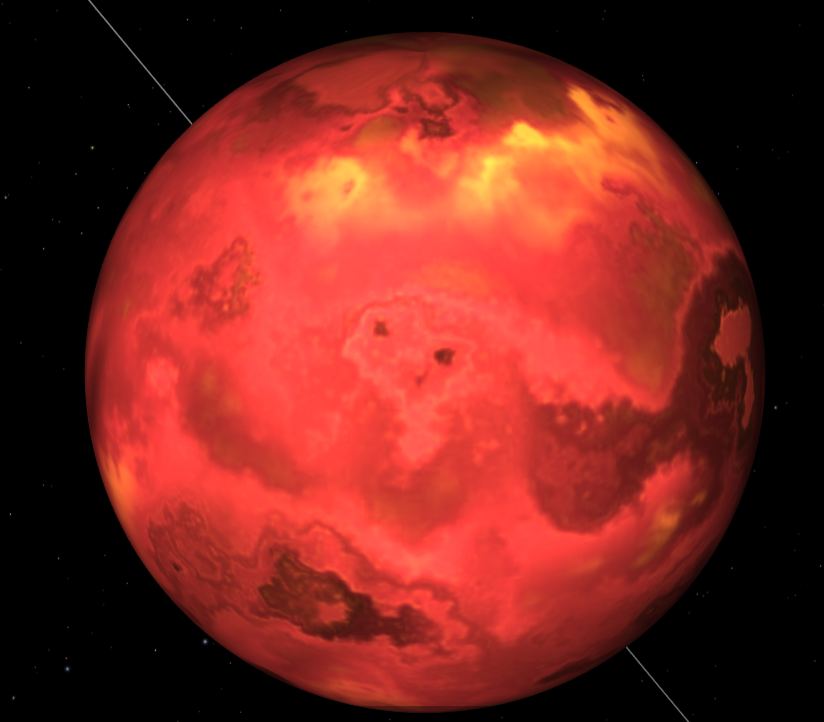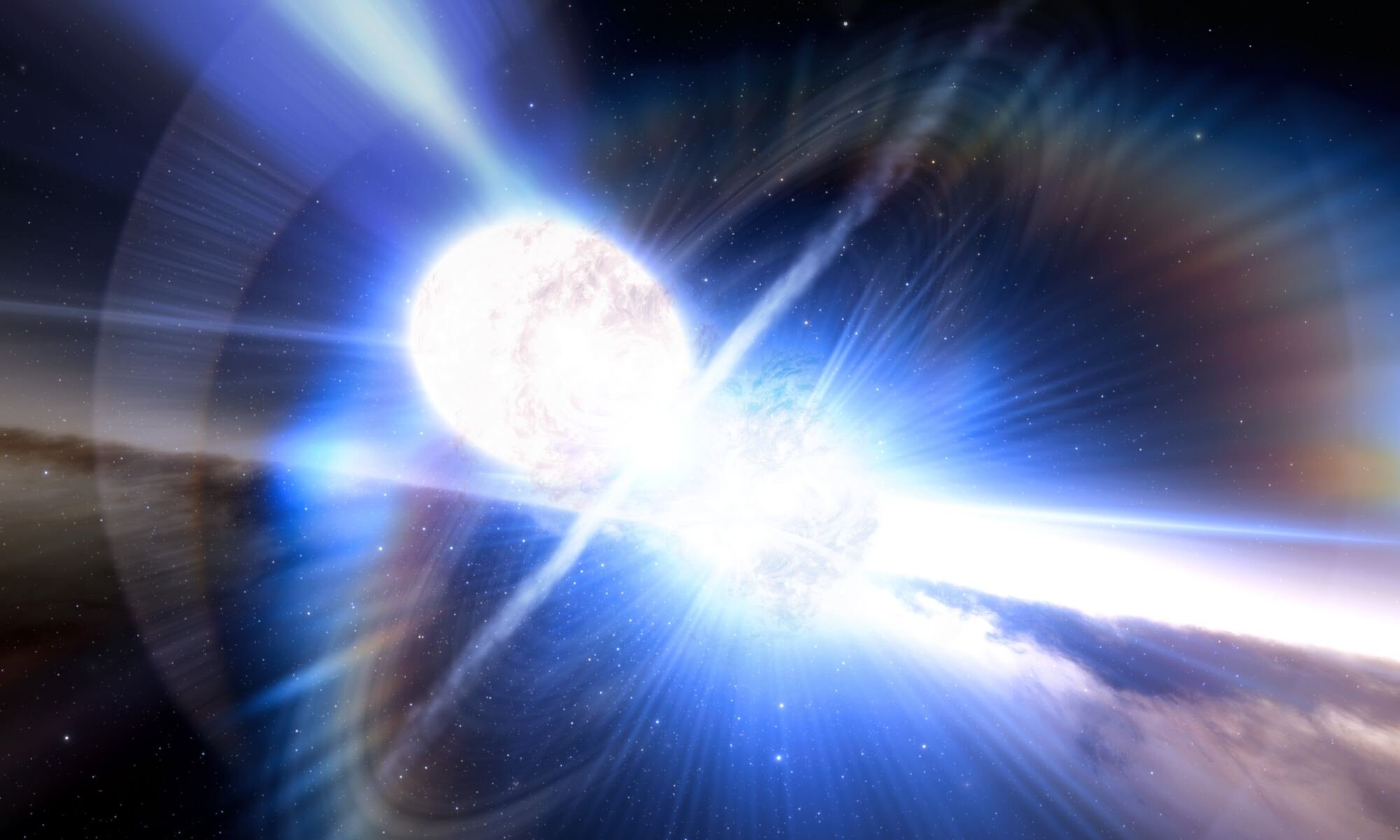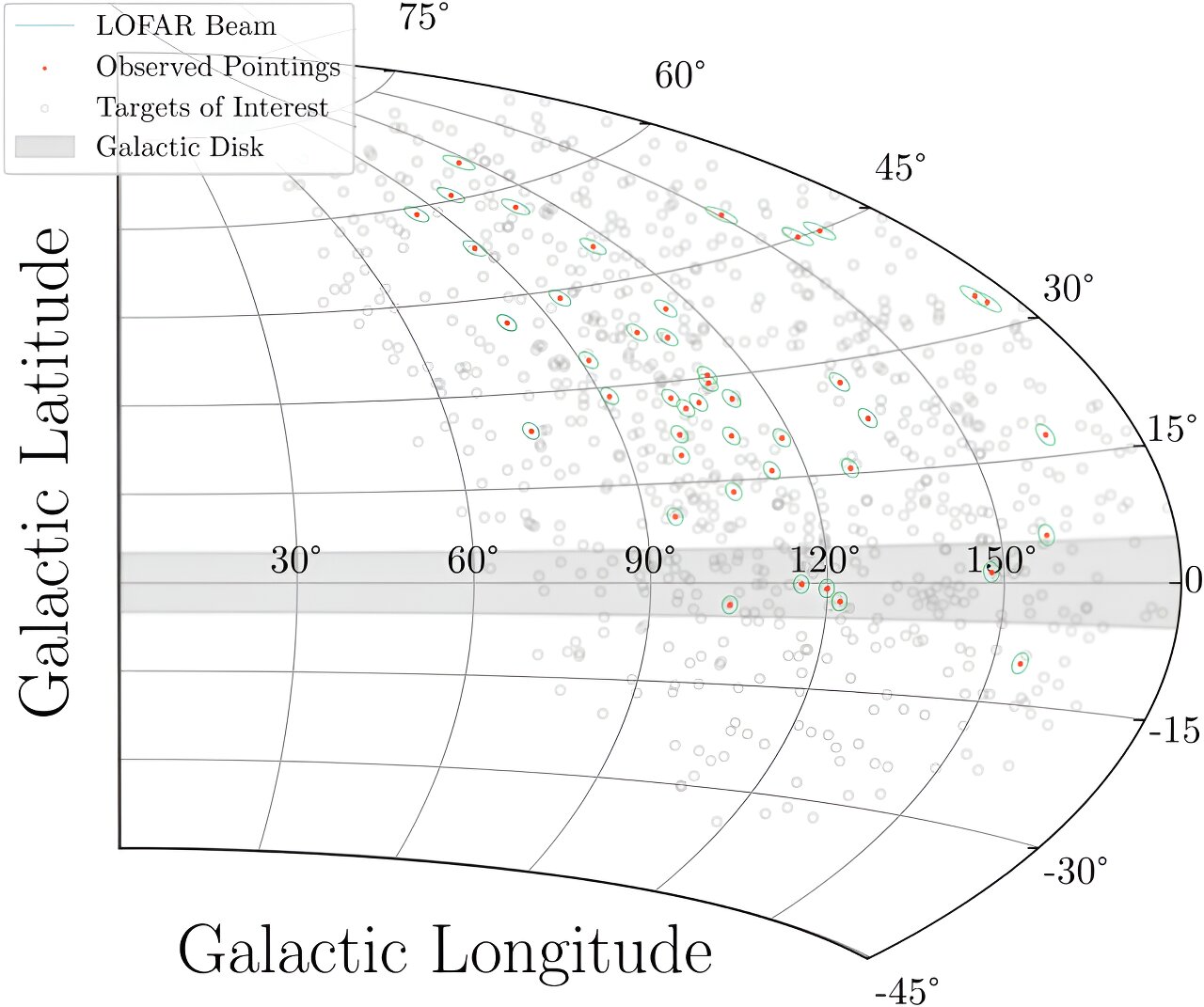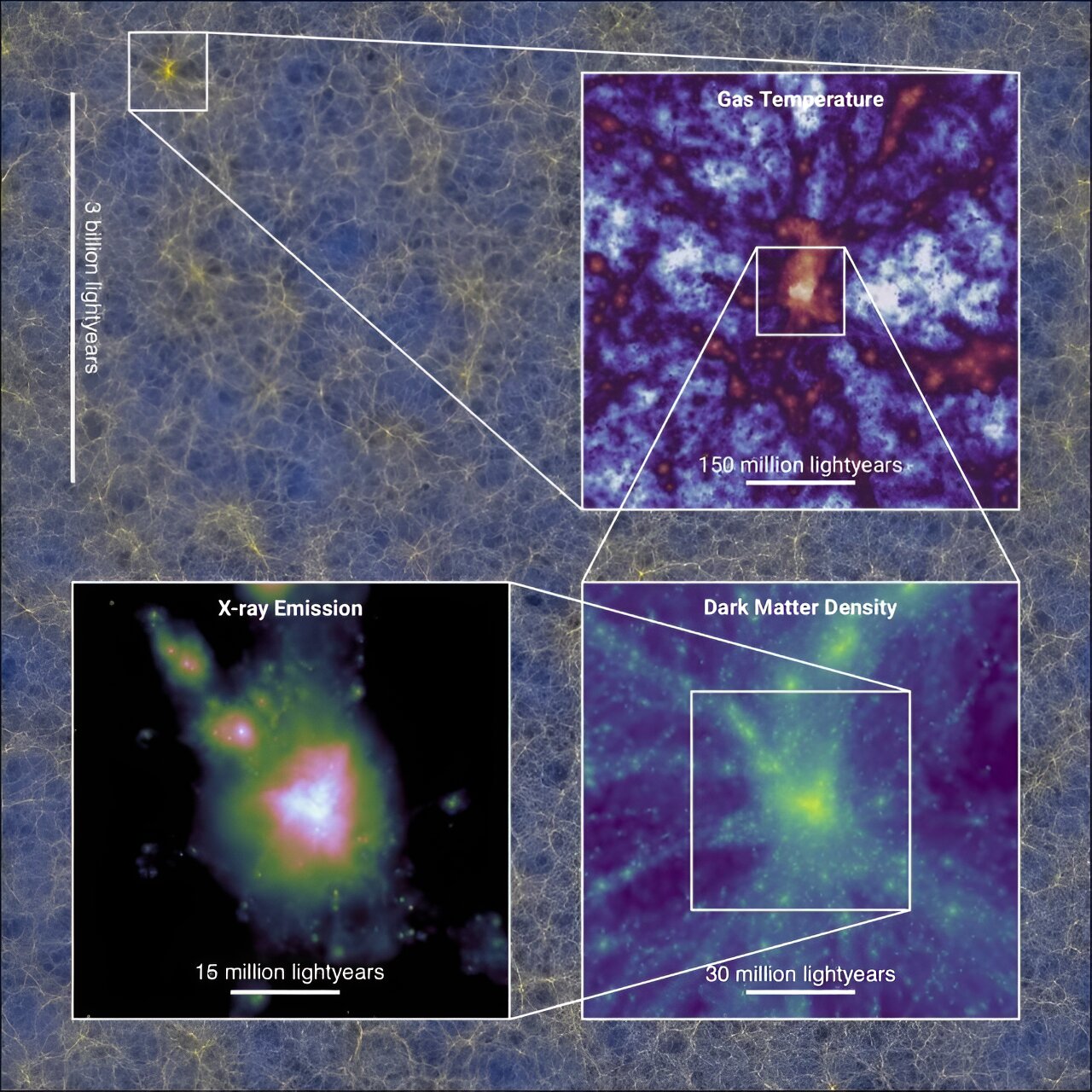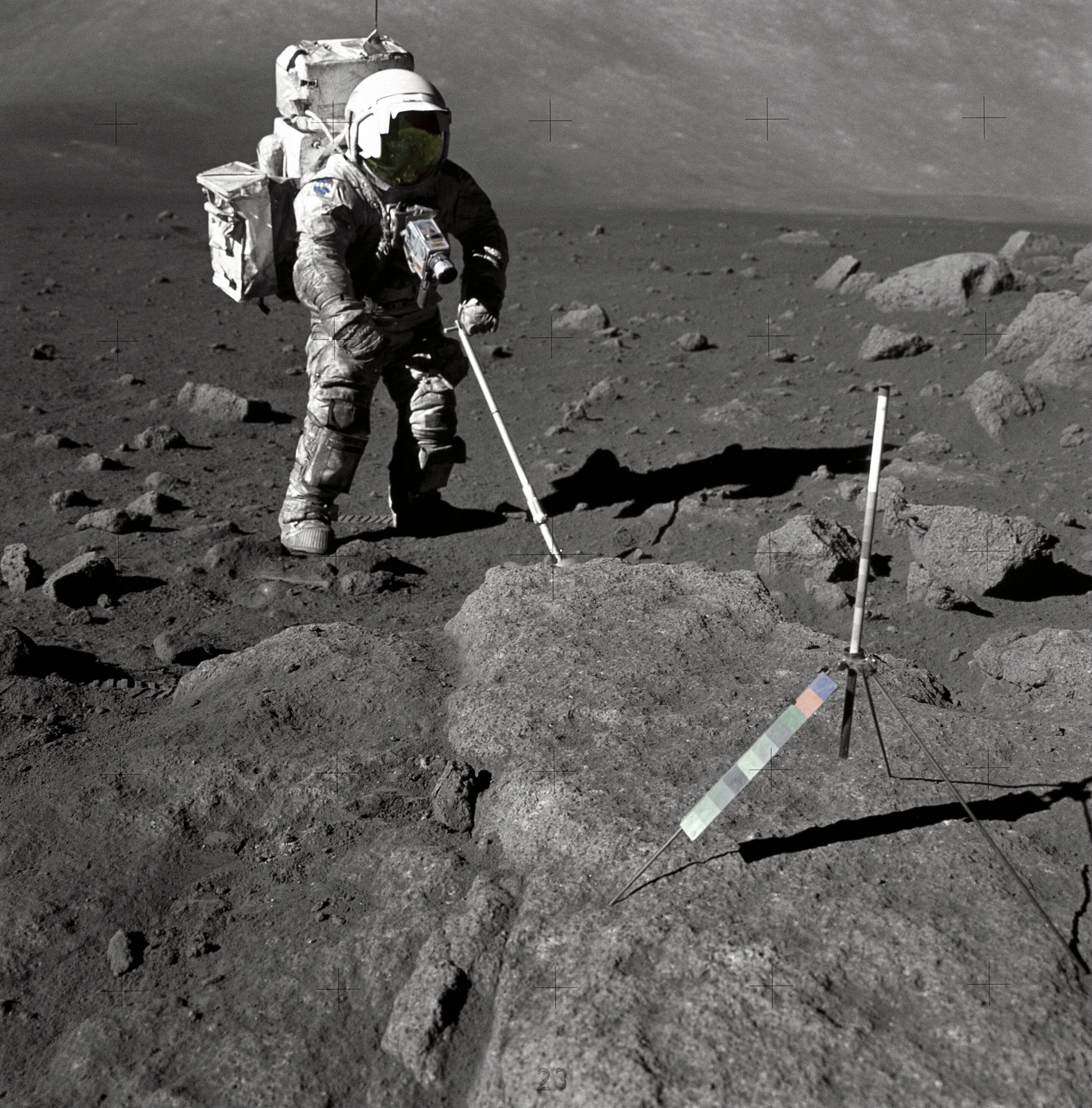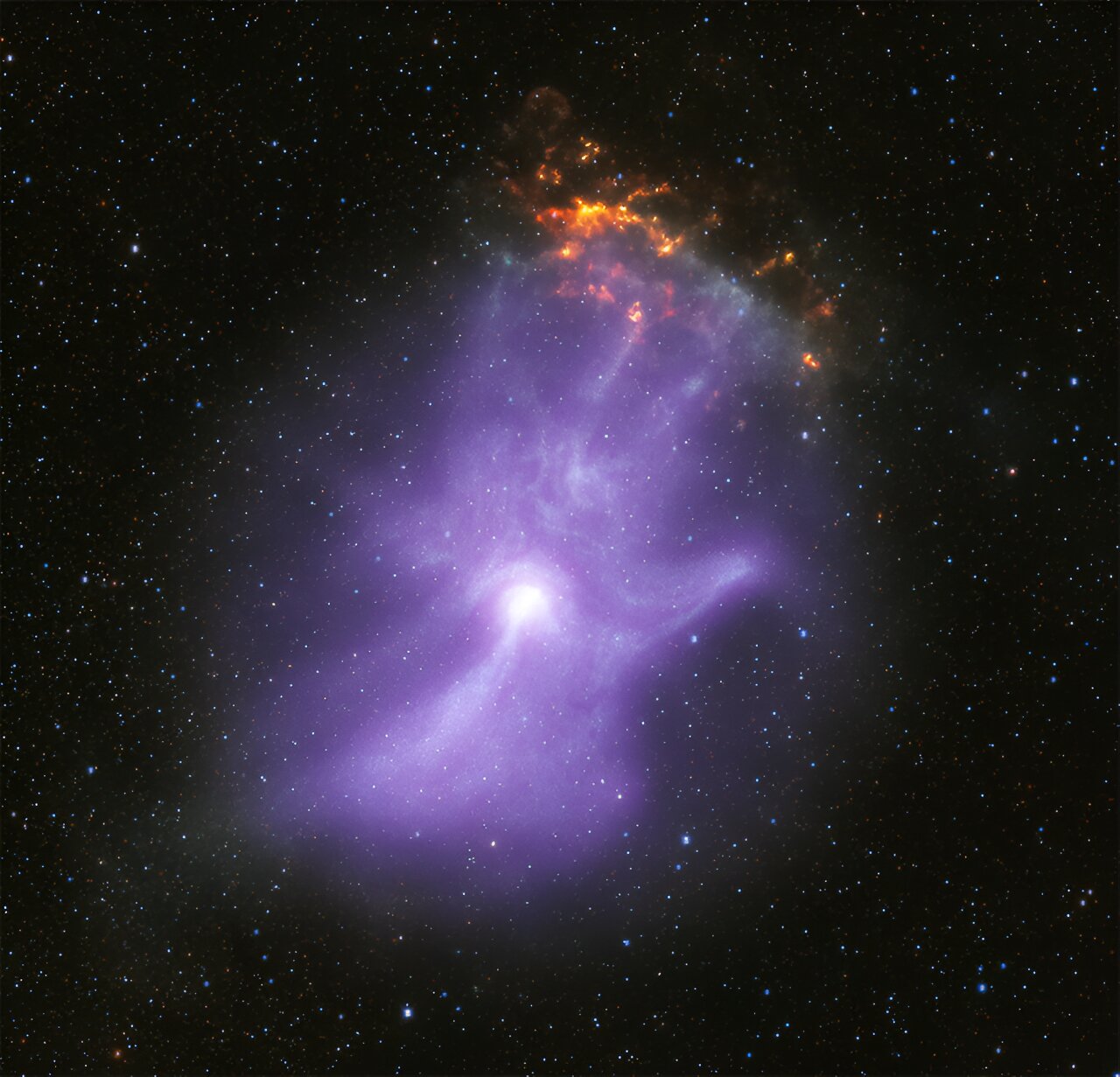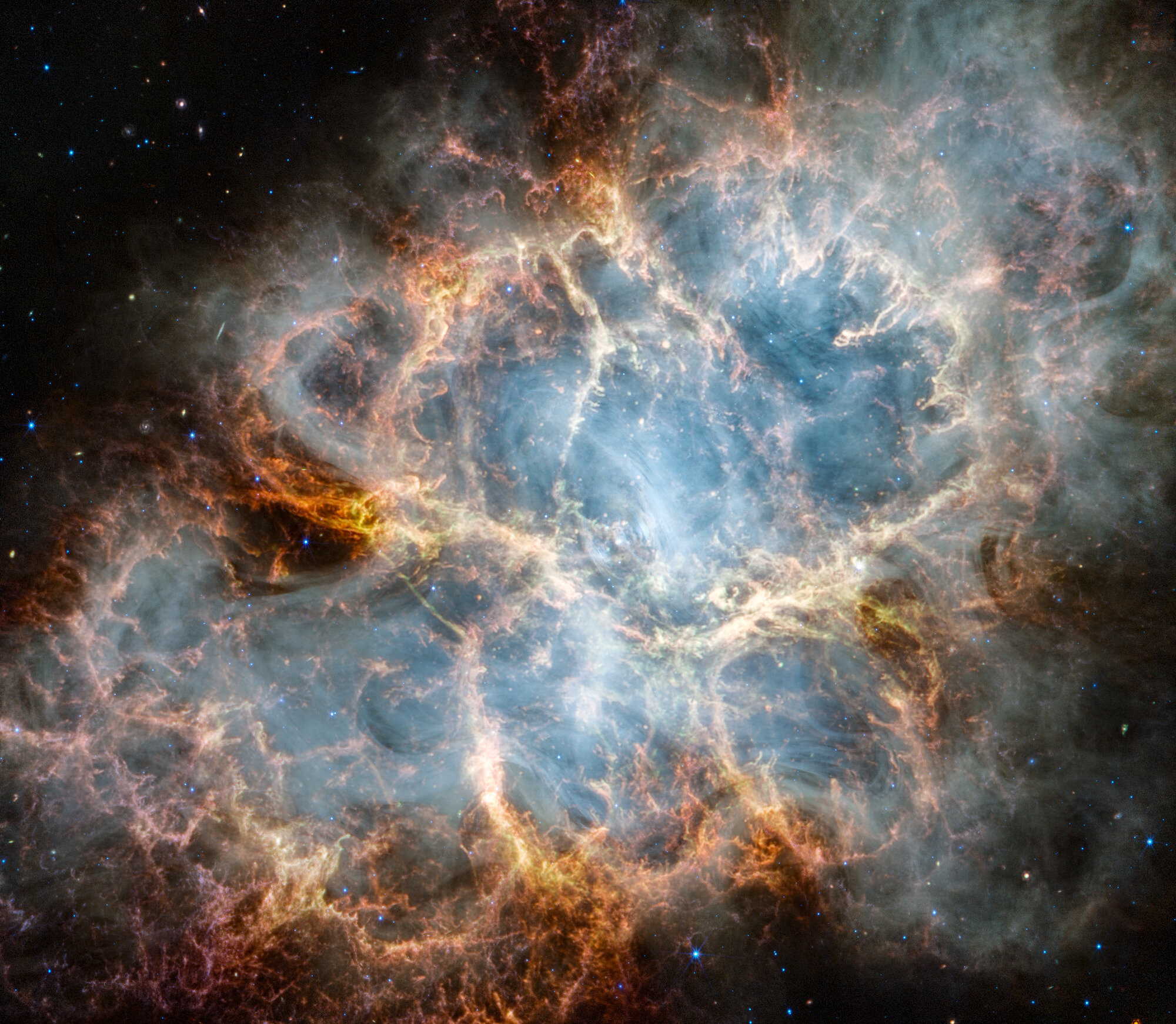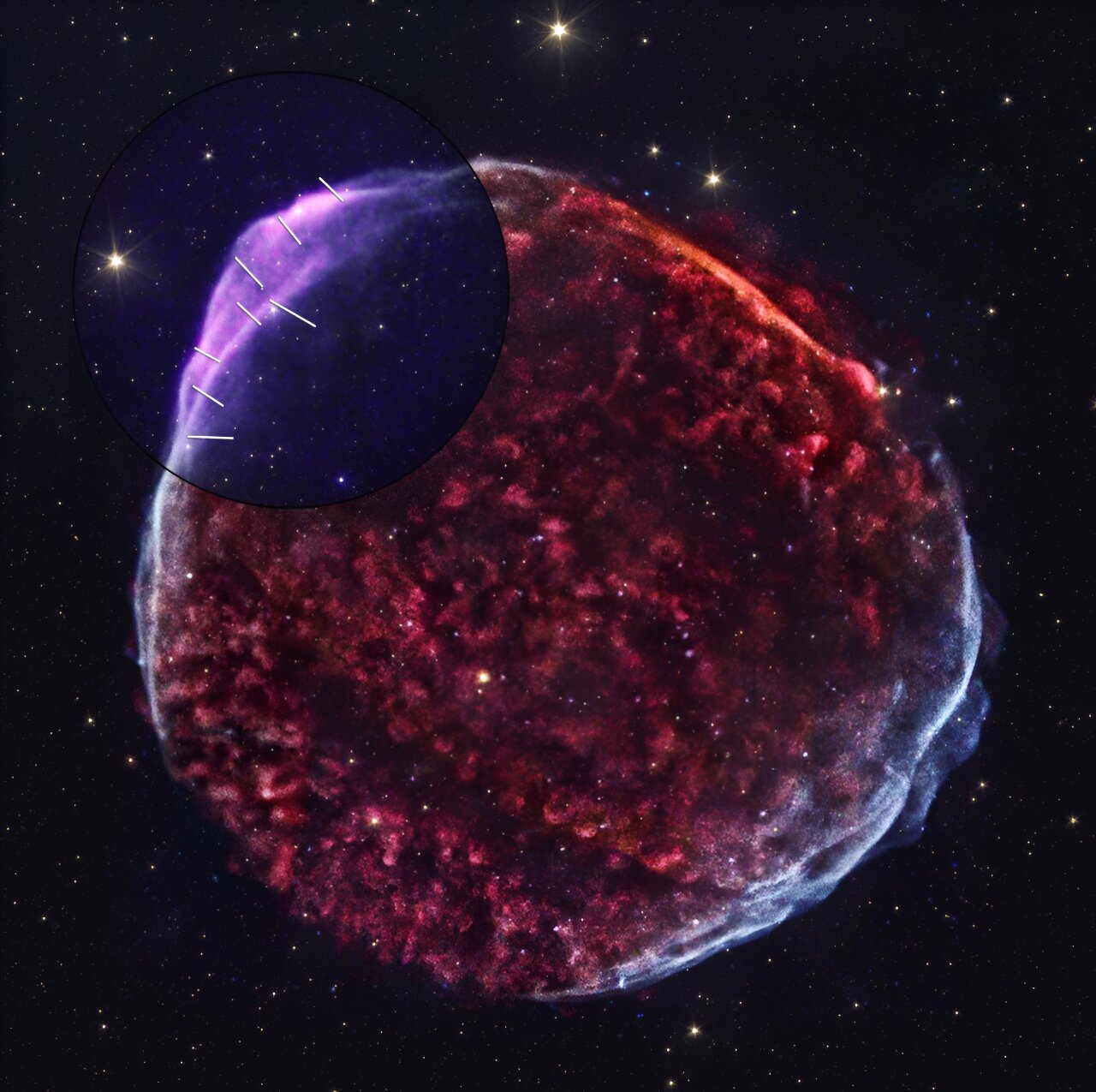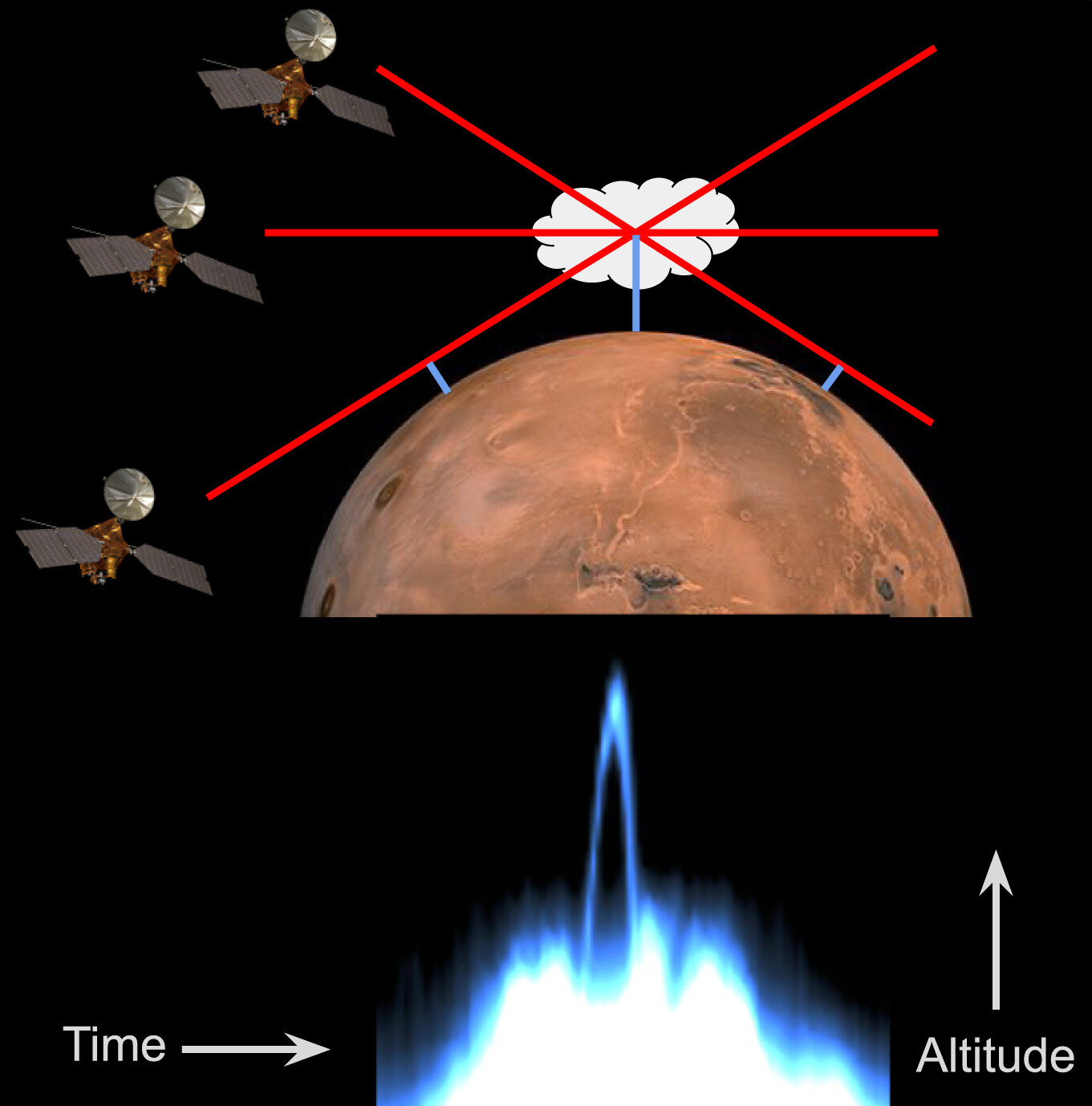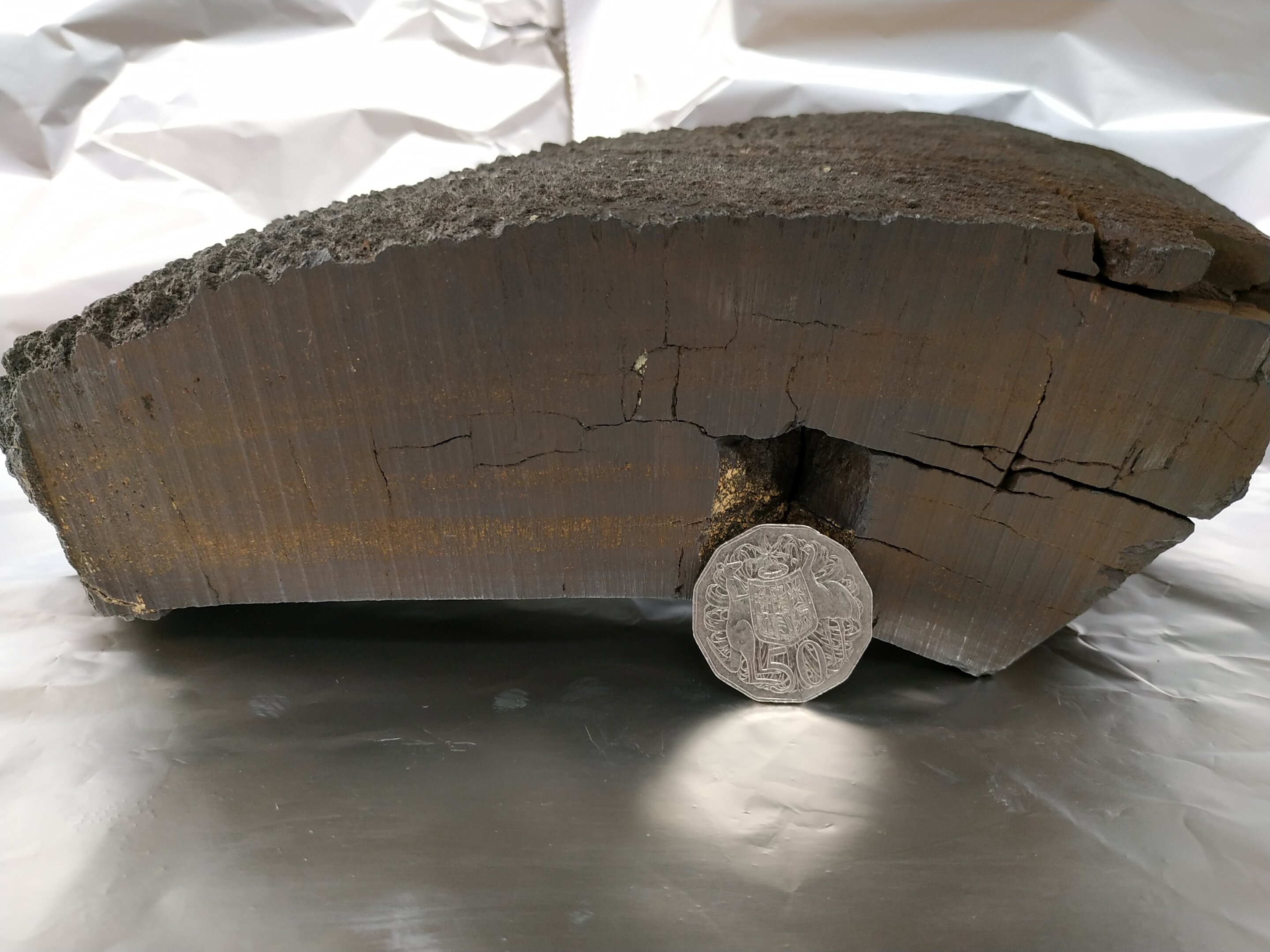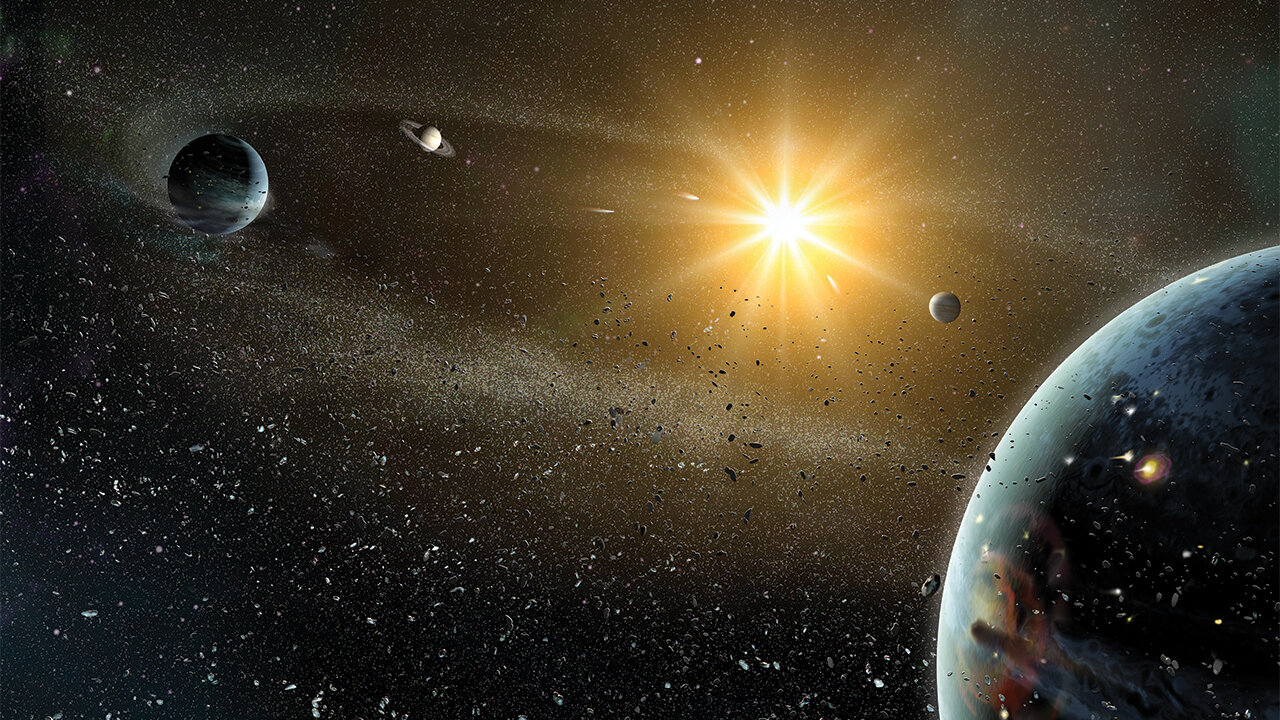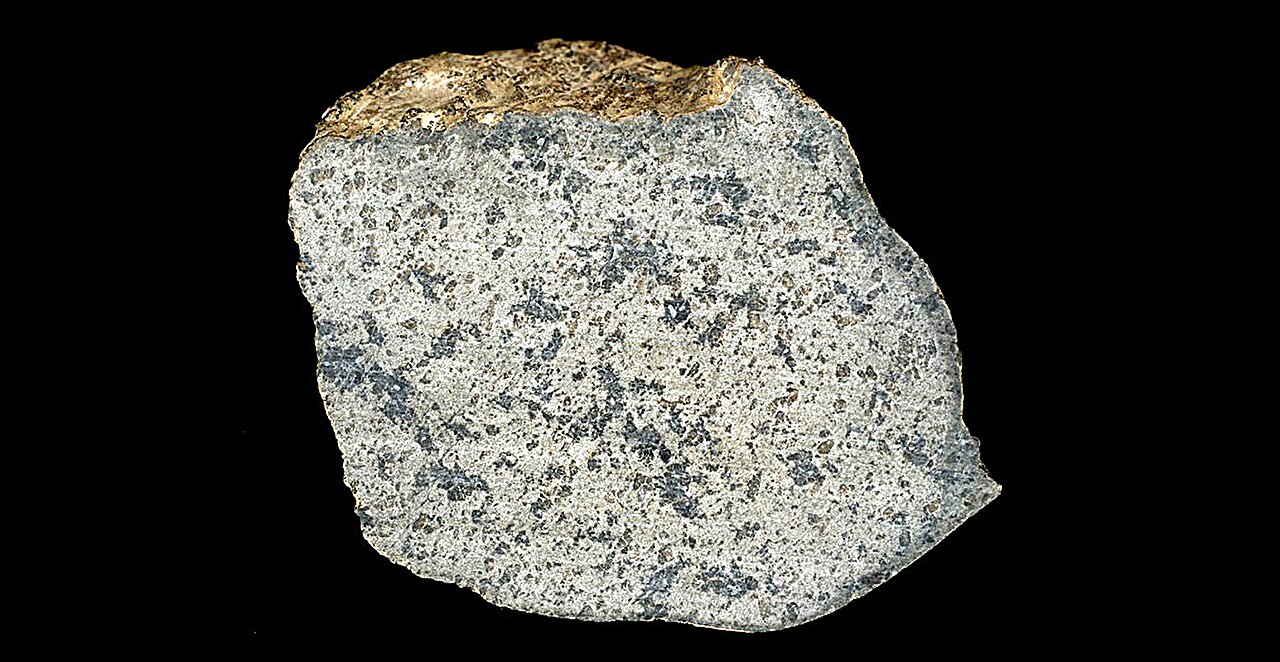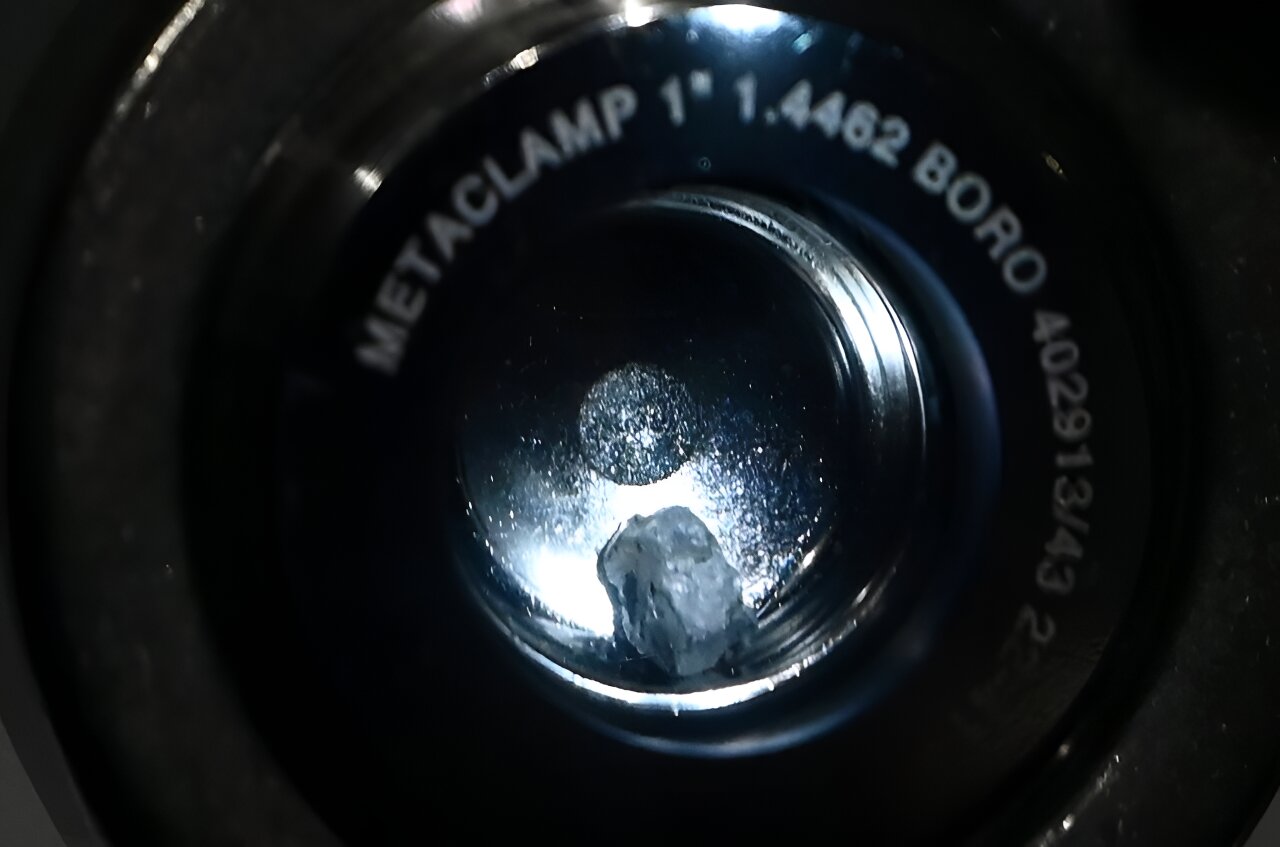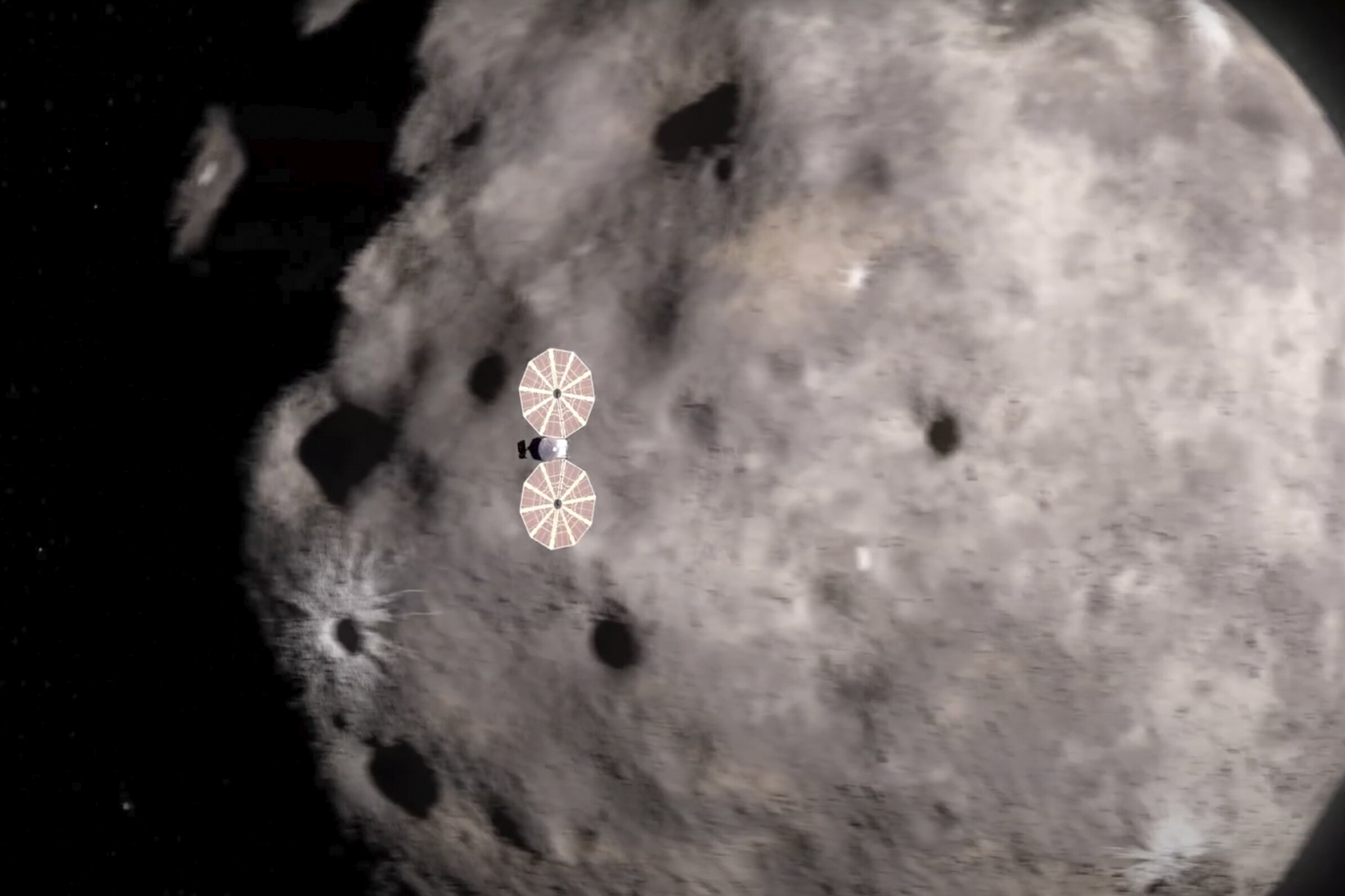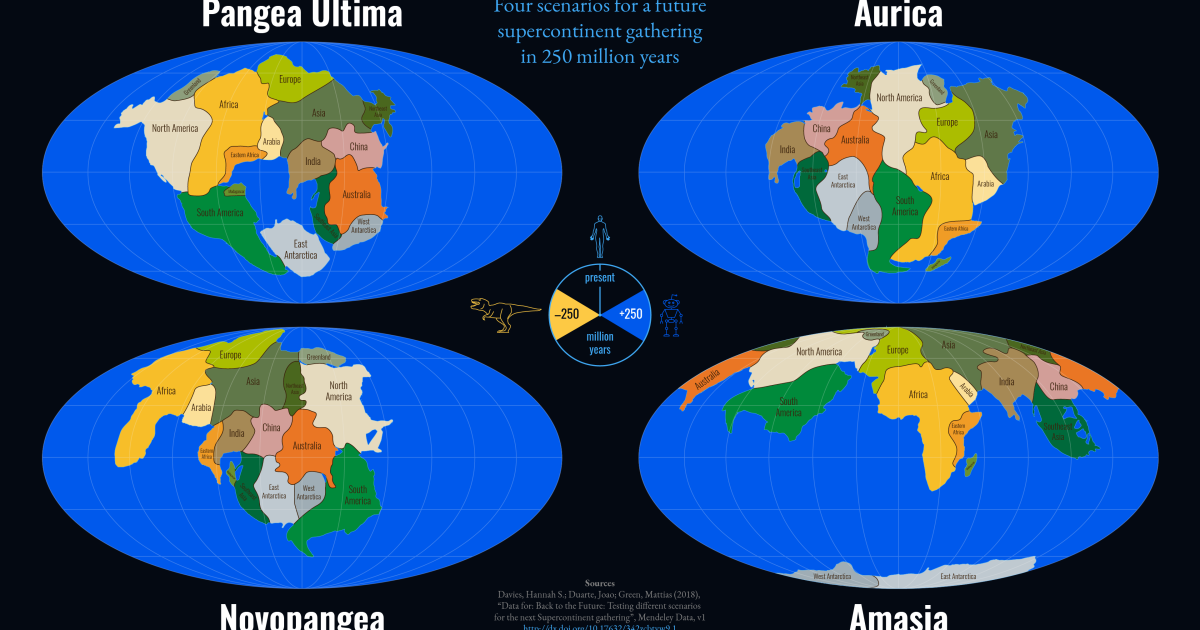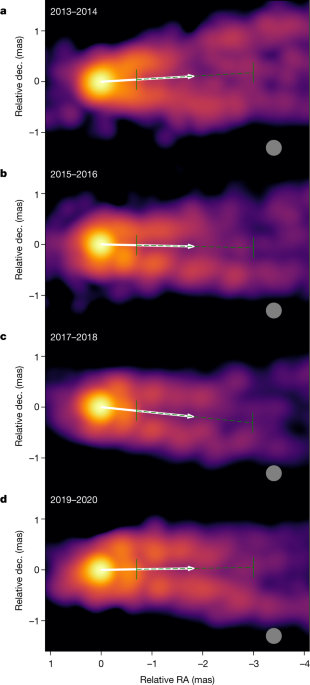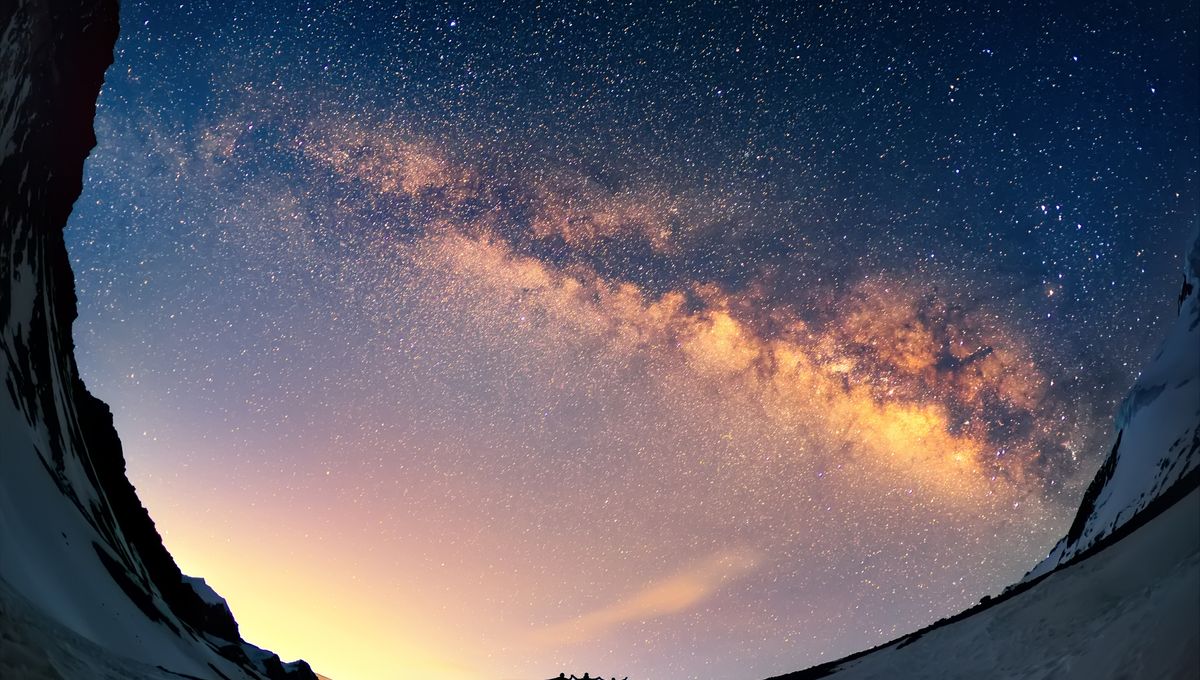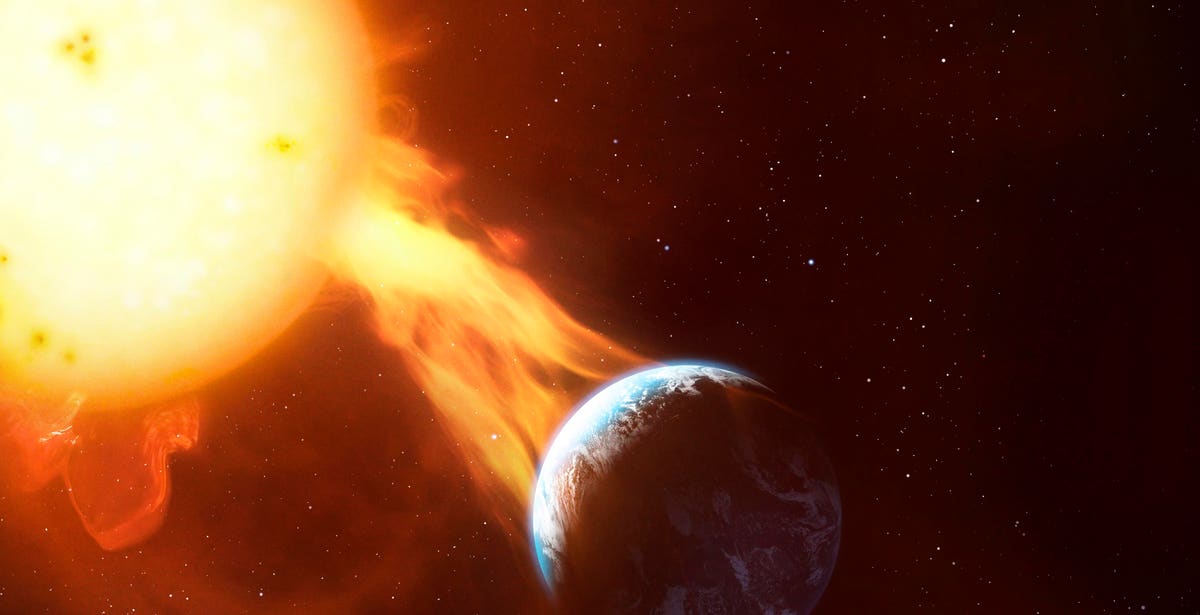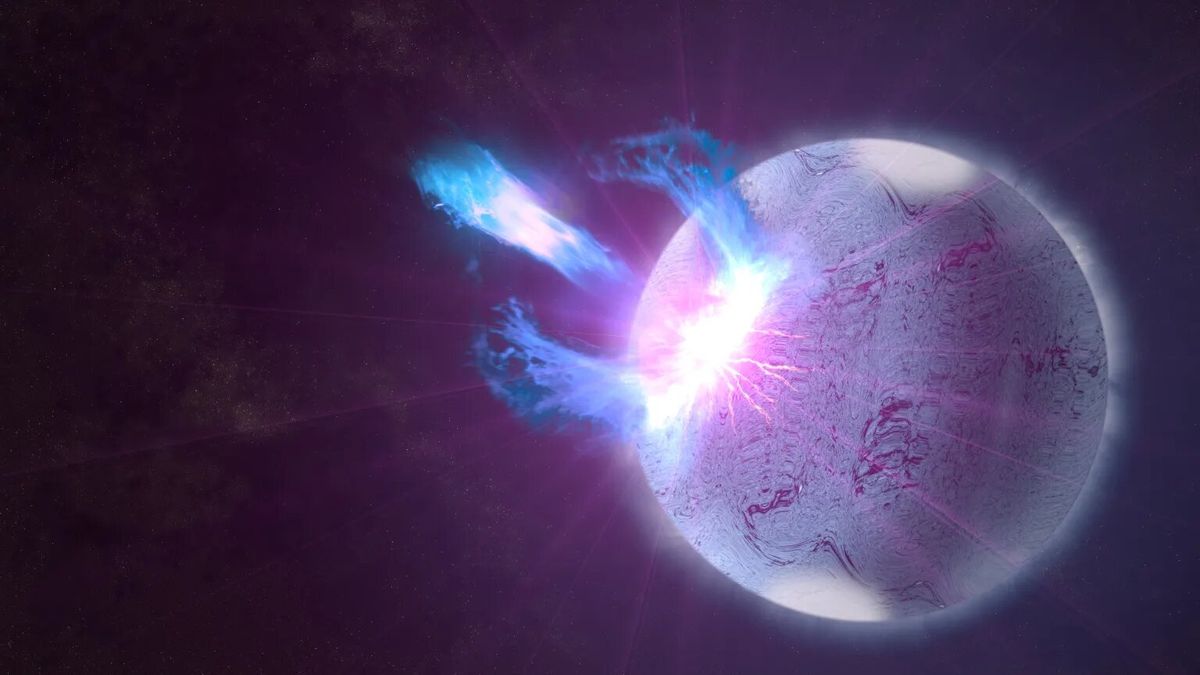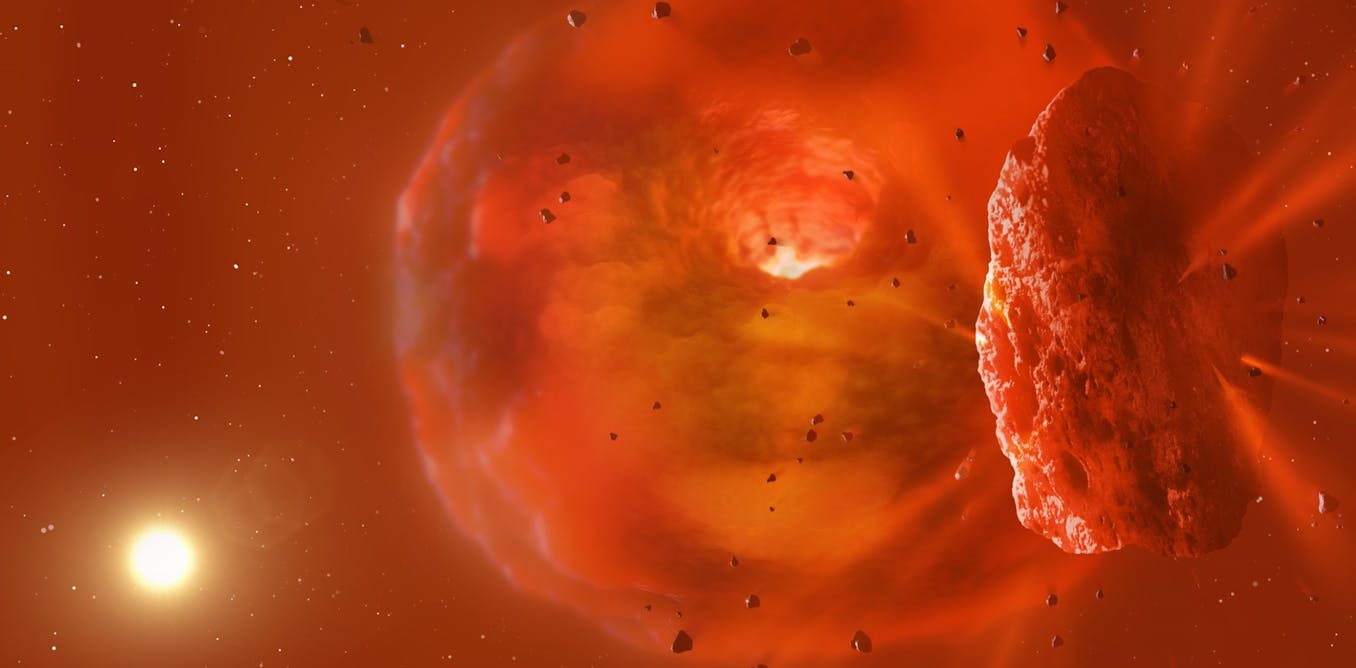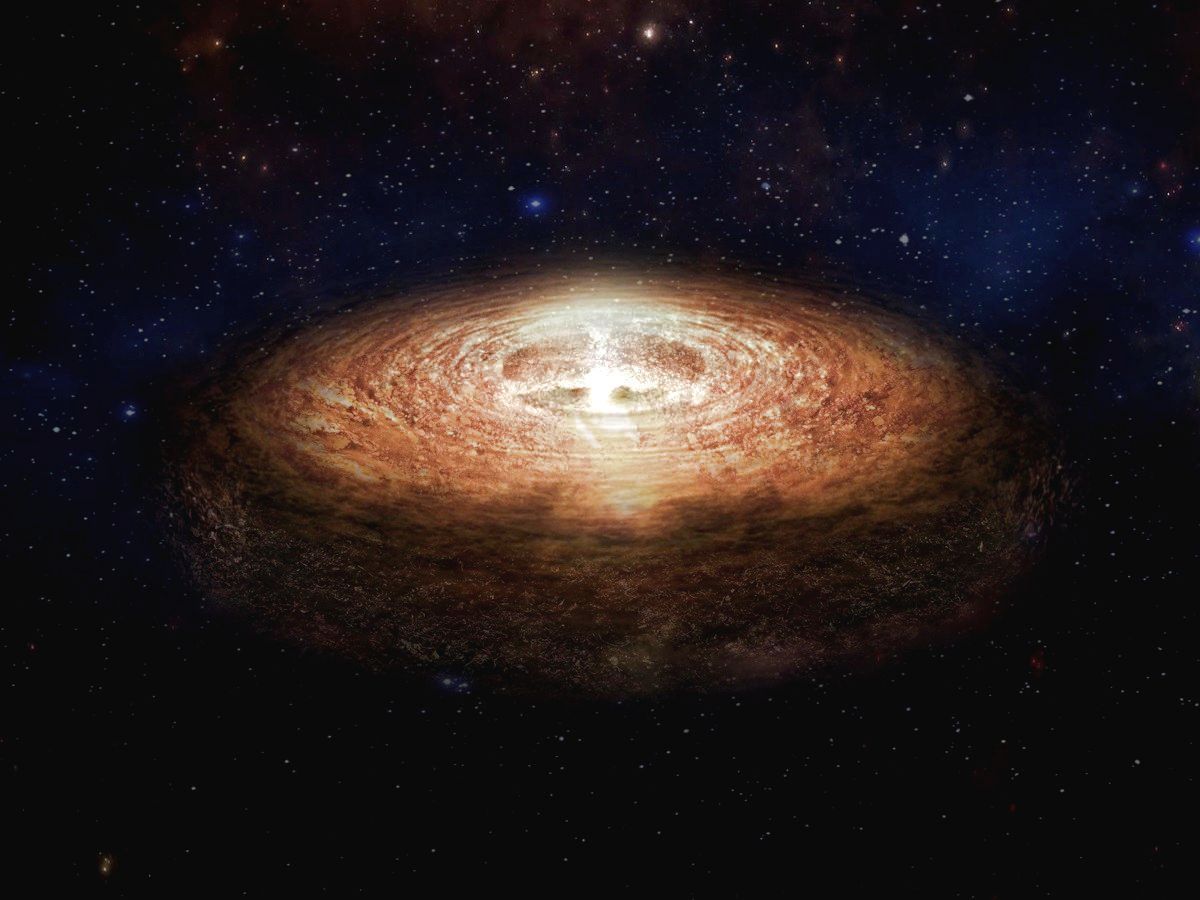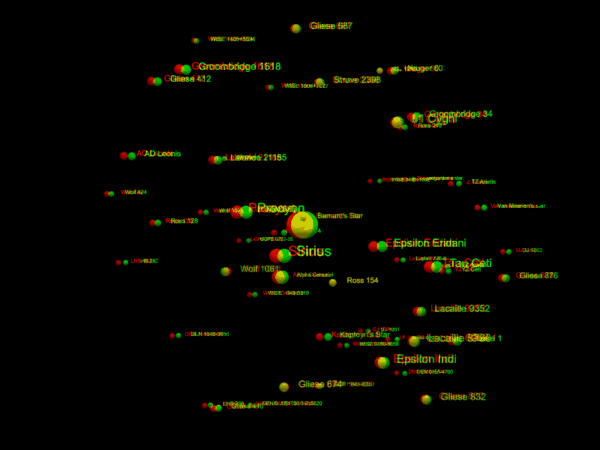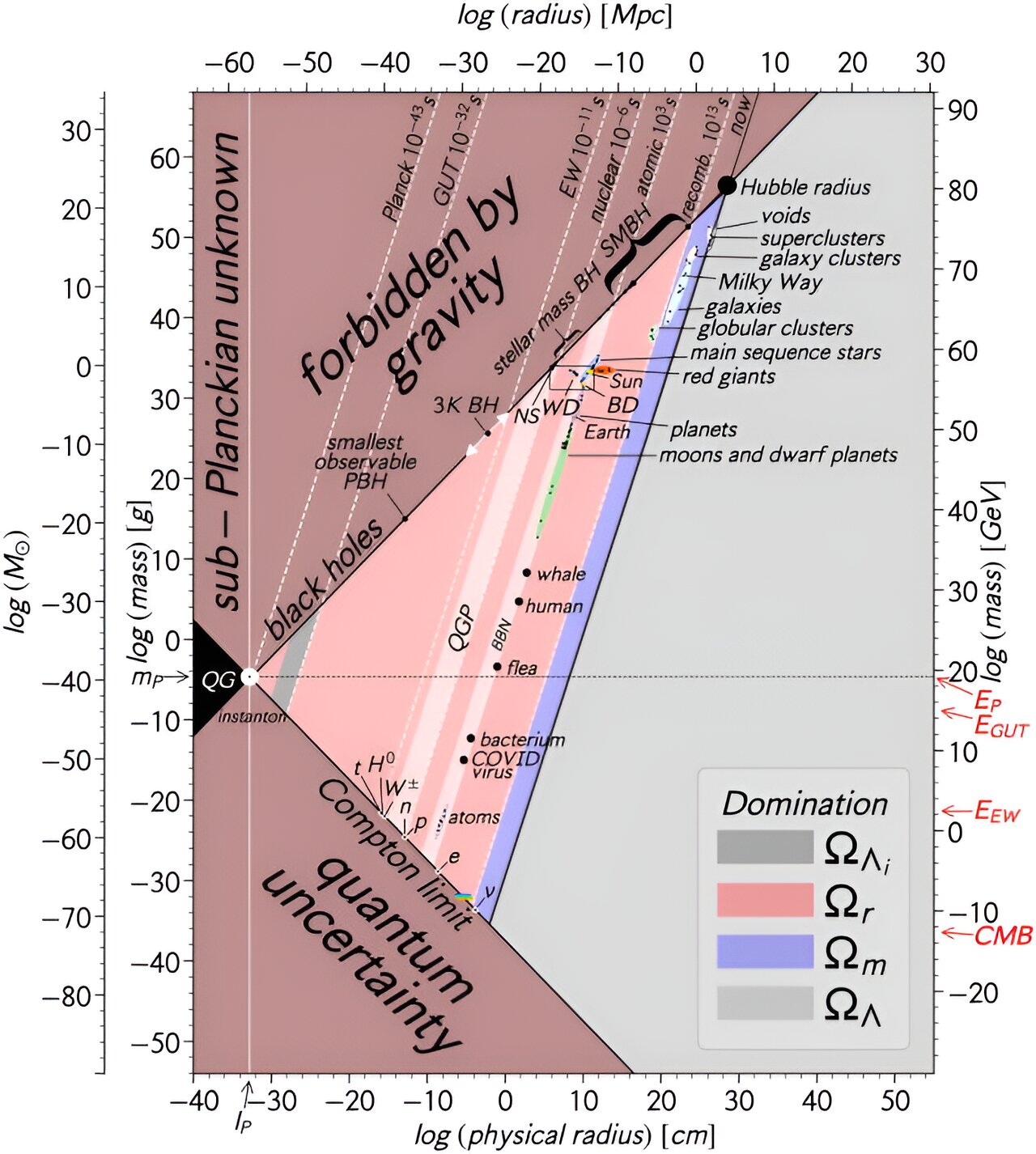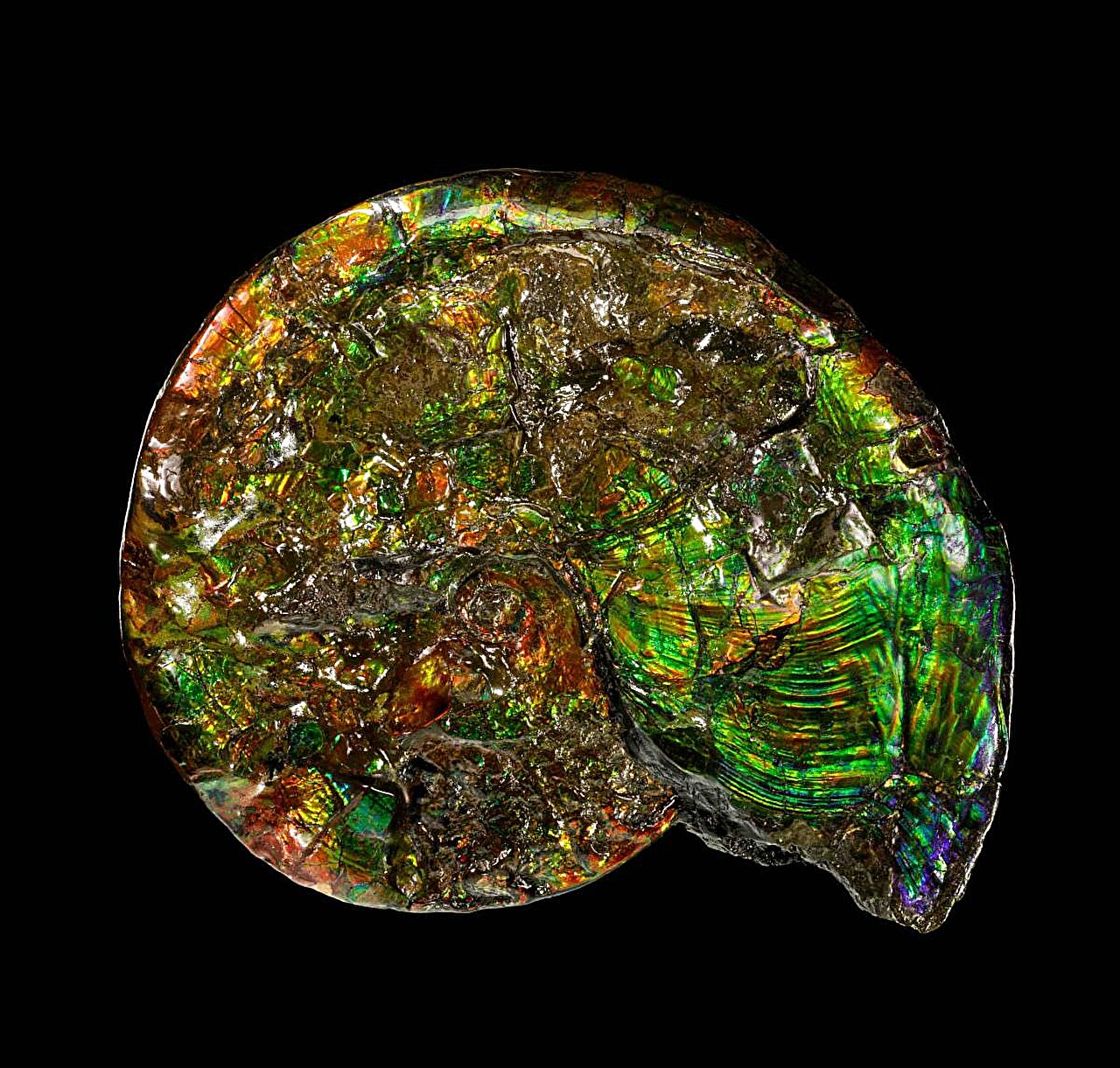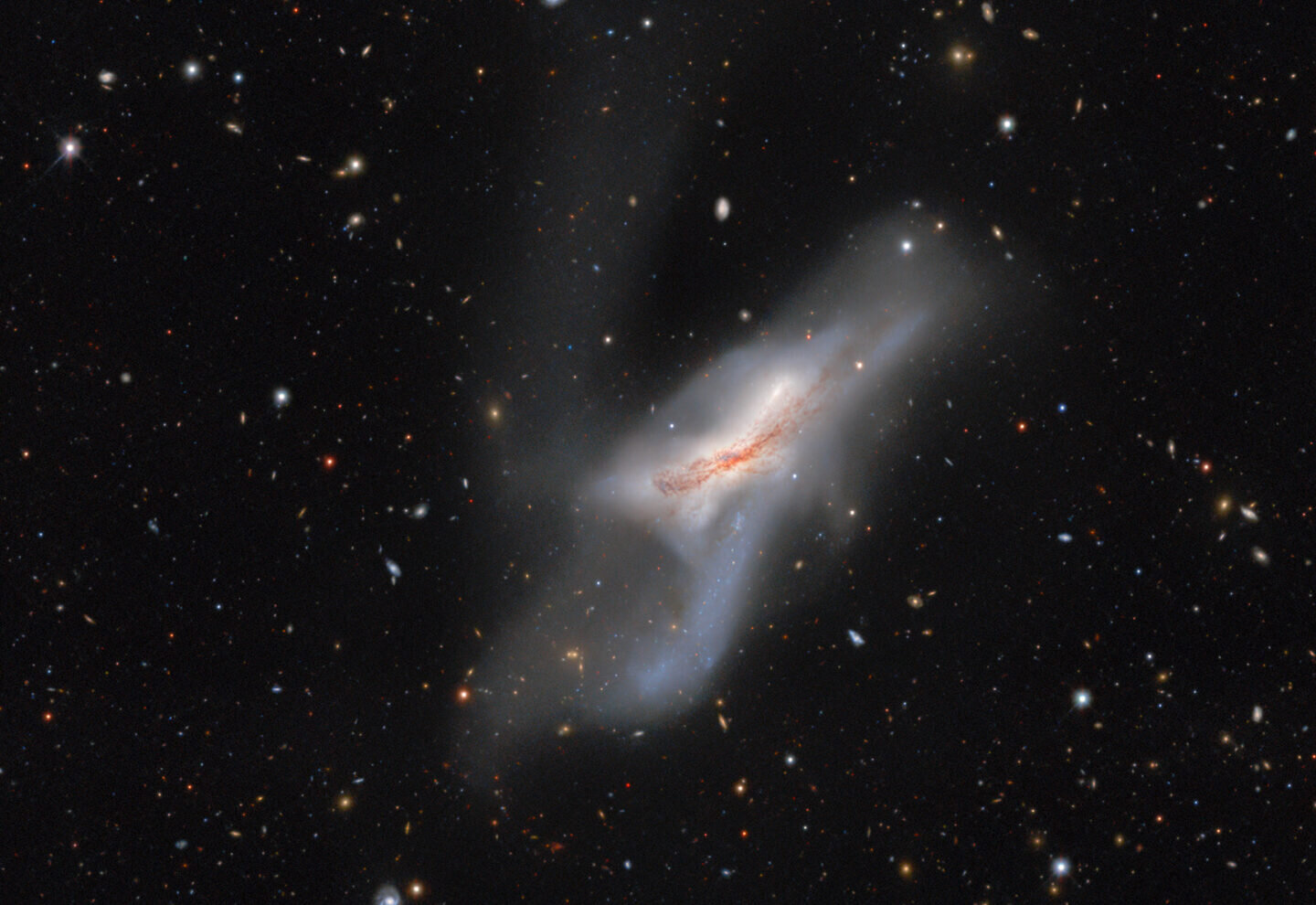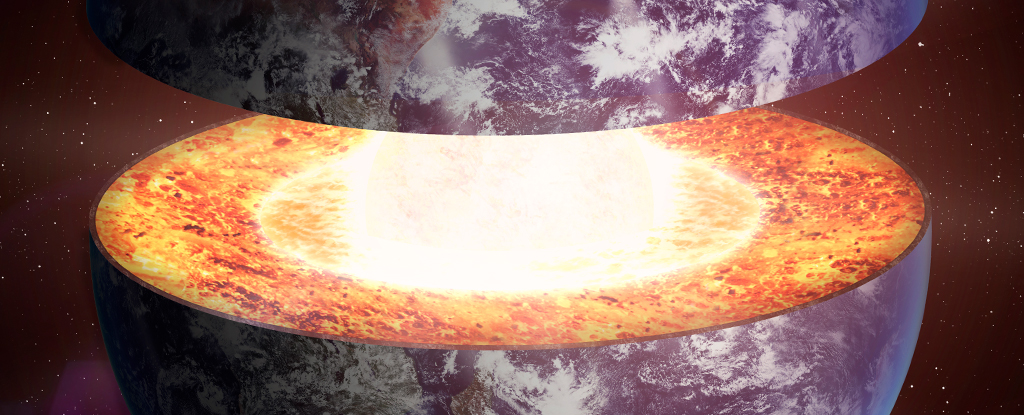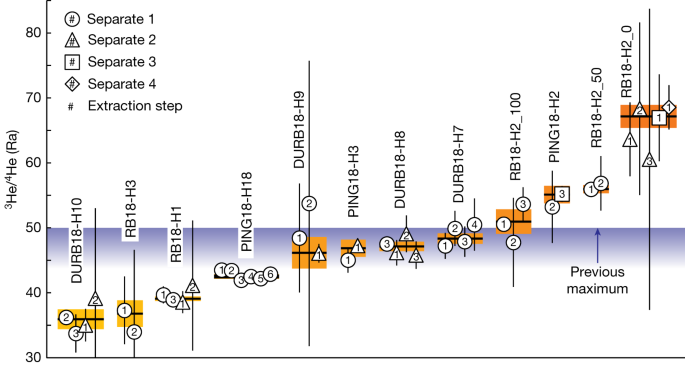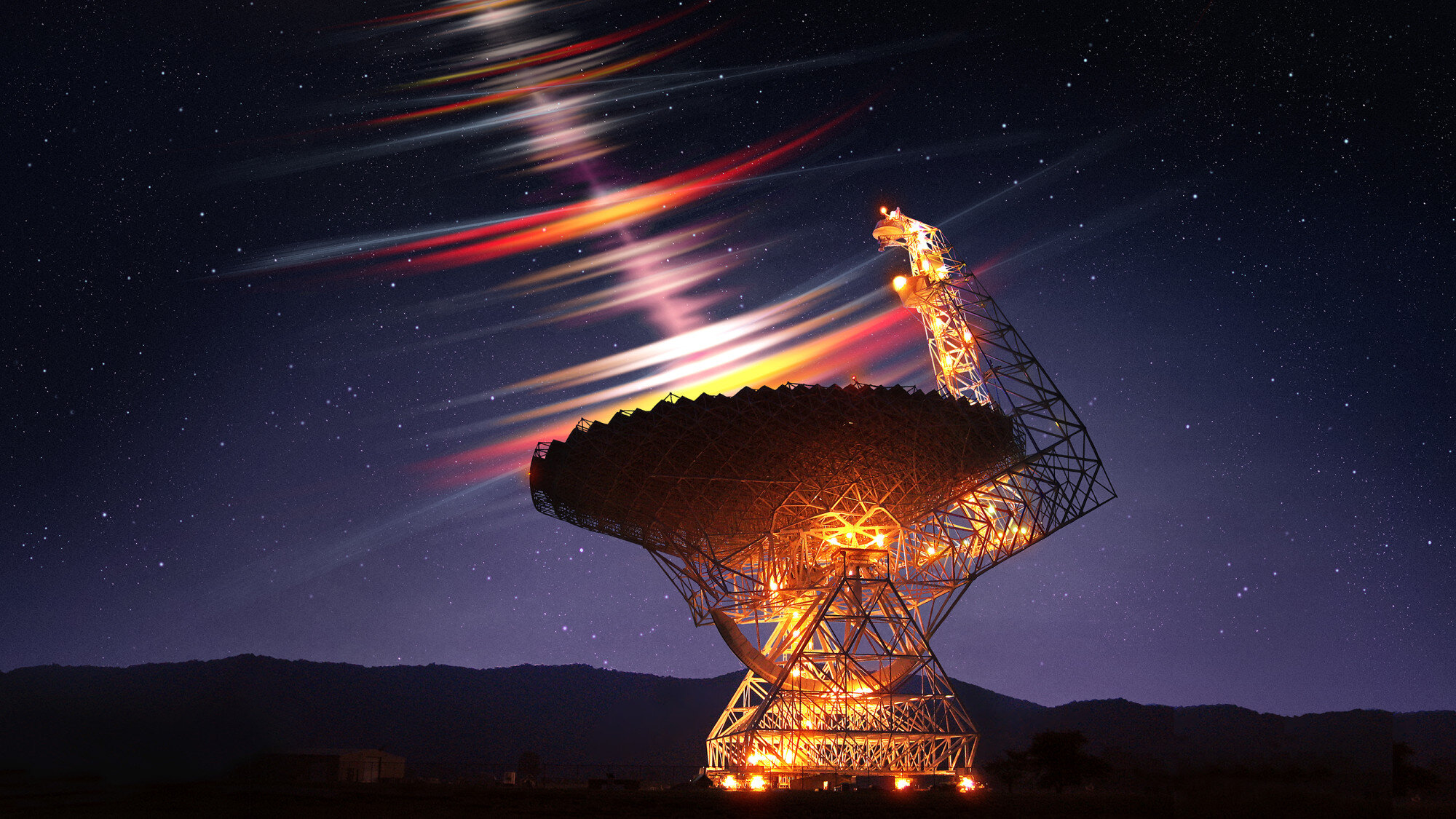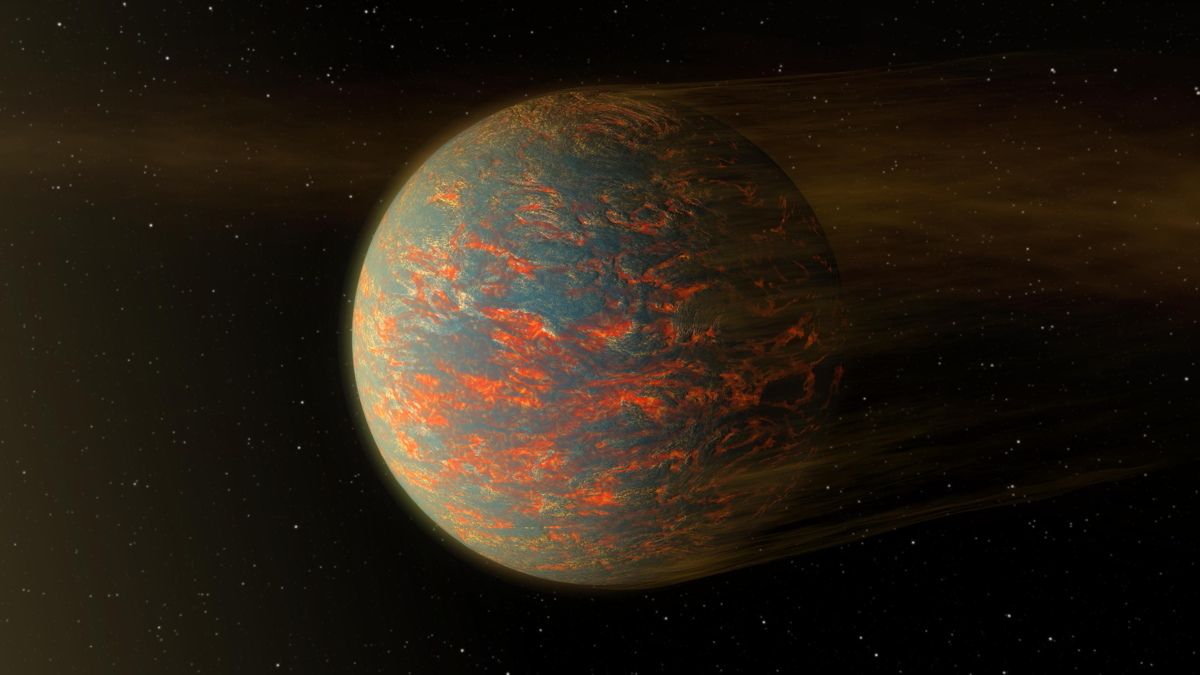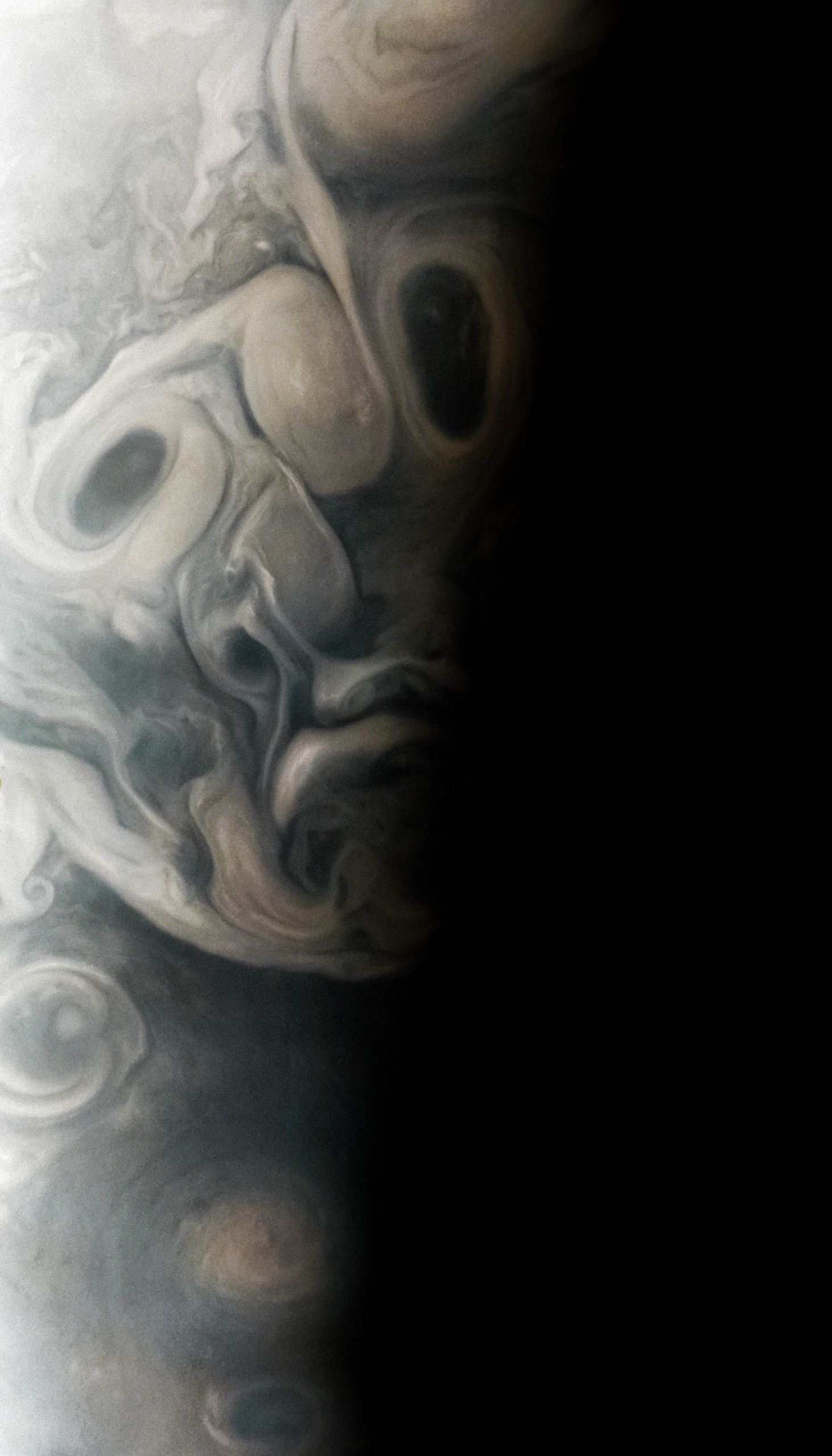Rhinocrates
ACCESS: Top Secret
- Joined
- 26 September 2006
- Messages
- 3,053
- Reaction score
- 7,781
An update on DART. Short version: it was even more effective than hoped. There are some interesting orbital dynamics, apparently as a result of all the boulders and dust blasted off Didymos' surface and then falling back again.
View: https://www.youtube.com/watch?v=MFvaA4H45zw

 esahubble.org
esahubble.org

 esahubble.org
esahubble.org

 www.nature.com
www.nature.com

Hubble captures movie of DART asteroid impact debris
The NASA/ESA Hubble Space Telescope captured a series of photos of rapid changes to the asteroid Dimorphos when it was deliberately hit by a 545-kilogram spacecraft on 26 September 2022. The primary objective of the NASA mission, called DART (Double Asteroid Redirection Test), was to test our...

Hubble sees boulders escaping from asteroid Dimorphos
Astronomers using the NASA/ESA/ Hubble Space Telescope’s extraordinary sensitivity have discovered a swarm of boulders that were possibly shaken off the asteroid Dimorphos when NASA deliberately slammed the half-tonne DART impactor spacecraft into Dimorphos at approximately 22 500 kilometres per...

Orbital period change of Dimorphos due to the DART kinetic impact - Nature
The 33 minute change in the orbital period of Dimorphos after the DART kinetic impact suggests that ejecta contributed a substantial amount of momentum to the asteroid compared with the DART spacecraft alone.

